How To Do The Astavakrasana And What Are Its Benefits
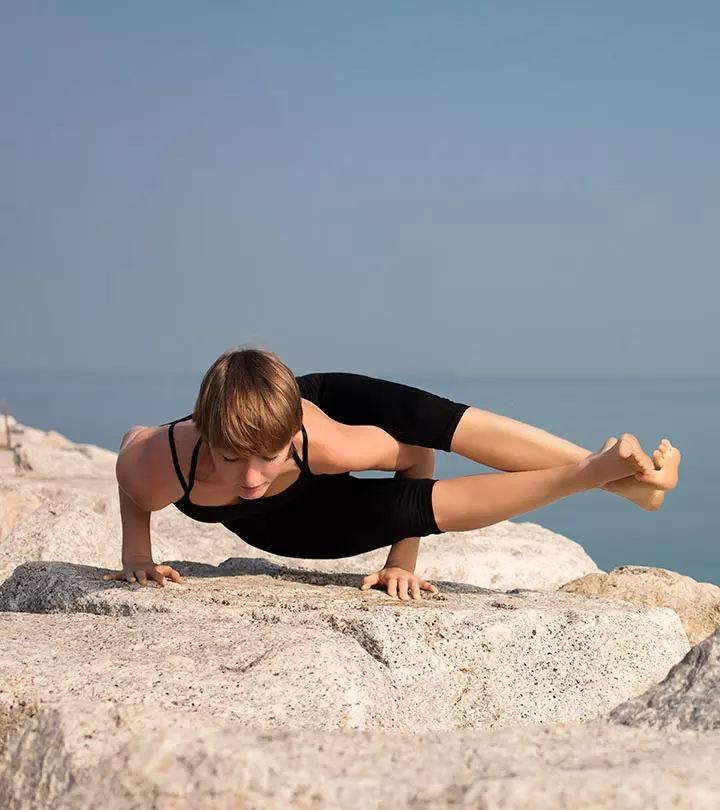
Image: Shutterstock
Astavakrasana, or Eight angle Pose is an asana. Ashta – Eight, Vakra – Curve/Bend, Asana – Pose; Pronounced As – ahsh-tah-vah-krahs-anna
This asana is in dedication to the sage Ashtavakra. Legend has it that Ashtavakra had enraged his father while he was still in the womb, so he was cursed and was born crooked in eight places.
This asana is an advanced arm balance, but it has a twist. When you look at it, it might seem like the Eight-Angle Pose is quite an impossible and crooked way to place your body, and all while you balance yourselves on your arms.
Ashtavakra wisely says, “If one thinks of oneself as free, one is free, and if one thinks of oneself as bound, one is bound.” So when you attempt this asana, you must remember to let go of your weaknesses or limitations, both physical and mental. This will allow you to find the space and freedom to rise and balance while you are in this pose.
Everything You Need To Know About The Astavakrasana
- What You Should Know Before You Do The Asana
- How To Do The Astavakrasana
- Precautions And Contraindications
- Beginner’s Tip
- Advanced Pose Alteration
- The Benefits Of The Eight Angle Pose
- The Science Behind The Astavakrasana
- Preparatory Poses
- Follow-Up Poses
What You Should Know Before You Do The Asana
Like the other yoga asanas, it is essential that your stomach and bowels are empty when you practice this asana. Make sure there is a gap of at least four to six hours between your meal and practice. This will give you enough time to digest your food and generate energy for your practice.
Also, mornings are ideal to practice yoga. But, in the event you cannot practice yoga in the morning, evenings are a good time too.
Level: Advanced
Style: Ashtanga Yoga
Duration: 60 seconds
Repetition: Once on each side
Stretches: Legs, Arms
Strengthens: Arms, Wrists
How To Do The Astavakrasana
- Begin with the Dandasana. Then, hug your right knee, making it sure it is close to your chest. Breathe and allow the breathing to help open up your hips. Your left leg must remain straight and extended, with your foot flexed.
- With the right knee still drawn into the torso, press your palms firmly on the ground. At this point, your right leg must be placed behind the right shoulder, such that the back of the right thigh is resting on the right triceps. Draw the shoulders to the back so that the back of the body is engaged.
- Inhale and push your hands to lift your legs and hips off the ground. Latch the left ankle over the right one. Exhale and bring your shoulders forward to create a 90-degree angle in your elbows as your feet swing over the right side. Let your inner thighs squeeze your right arms so that your legs are firm.
- At this point, your core must be engaged. You could lock your gaze at any point on the floor in front of you to help you keep your balance. Hold the pose for about 30 to 60 seconds and slowly release. Rest for a few seconds as you keep your breathing constant. Repeat the asana with your right leg stretched out and left leg folded.
Precautions And Contraindications
This pose must be avoided if you have injuries in your shoulders, wrists, or elbows.
Beginner’s Tip
As a beginner, you might find it hard to balance in this pose. In such cases, you can use a bolster to rest the bottom of your hip and your outer legs.
Advanced Pose Alteration
This asana in an advanced pose, and therefore, has no further advancement.
The Benefits Of The Eight Angle Pose
These are some benefits of the Astavakrasana.
- It makes the arms and wrists strong.
- It tones and strengthens the abdominal muscles, thereby improving digestion.
- It helps build concentration and balance.
- It relieves your body of stress and anxiety.
- Menstrual disorders and menopausal symptoms are appeased.
- The challenge of the pose helps the body and mind to build a great connect.
The Science Behind The Astavakrasana
This can seem like quite a challenging pose when you first see it. Your arms lift up your hips, your torso is lowered in a sort of push-up position, and your legs are wrapped up around the arms. Balancing your entire body while you maintain your peace, calm, and grace can be quite intimidating. If the pose seems impossible to achieve, do not give up just yet. You must work on your arm and core strength first, and with time and experience, you will be able to achieve perfection in this asana that provides a sense of exhilaration as well as empowerment.
Preparatory Poses
UttanasanaChaturanga DandasanaBaddha KonasanaUtthita Parsvakonasana
Follow-Up Poses
Dwi Pada Bhujasana
Bhujapidasana
Now that you know how to do Astavakrasana pose, what are you waiting for? It is only when you challenge yourself every day that you will grow. This asana gives you the opportunity to push yourself and learn something new about your mind and body as you take on the task of mastering it.
Read full bio of Shirin Mehdi



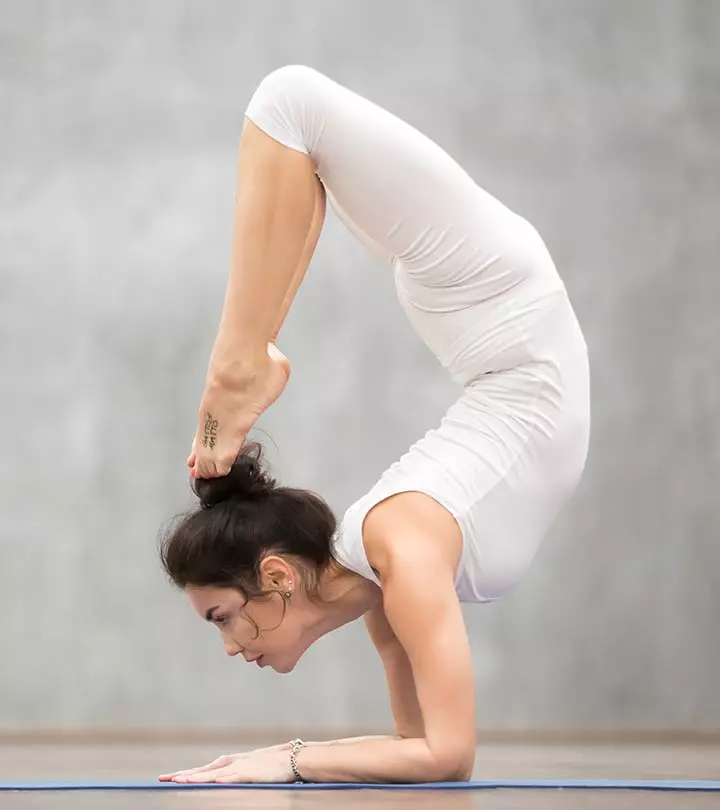
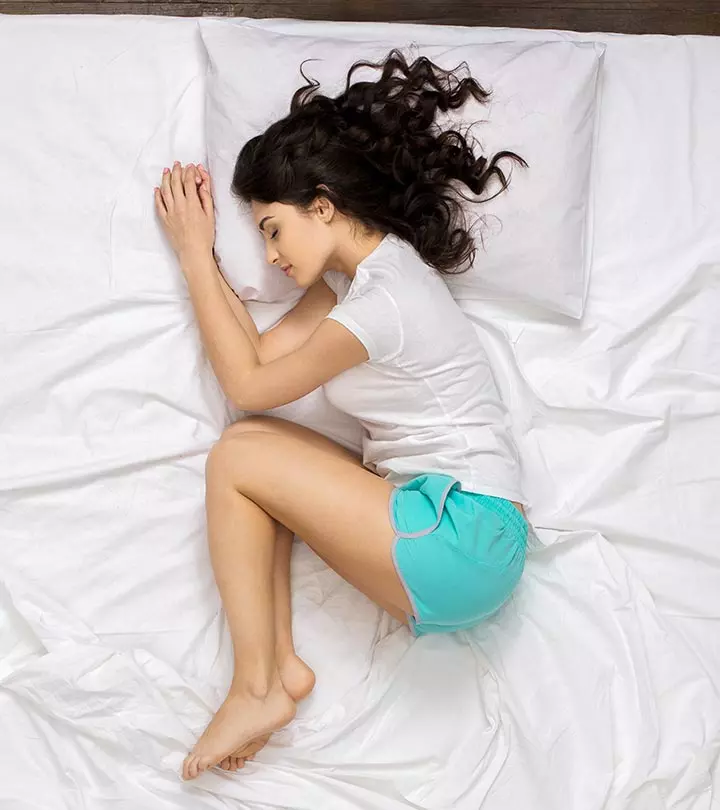
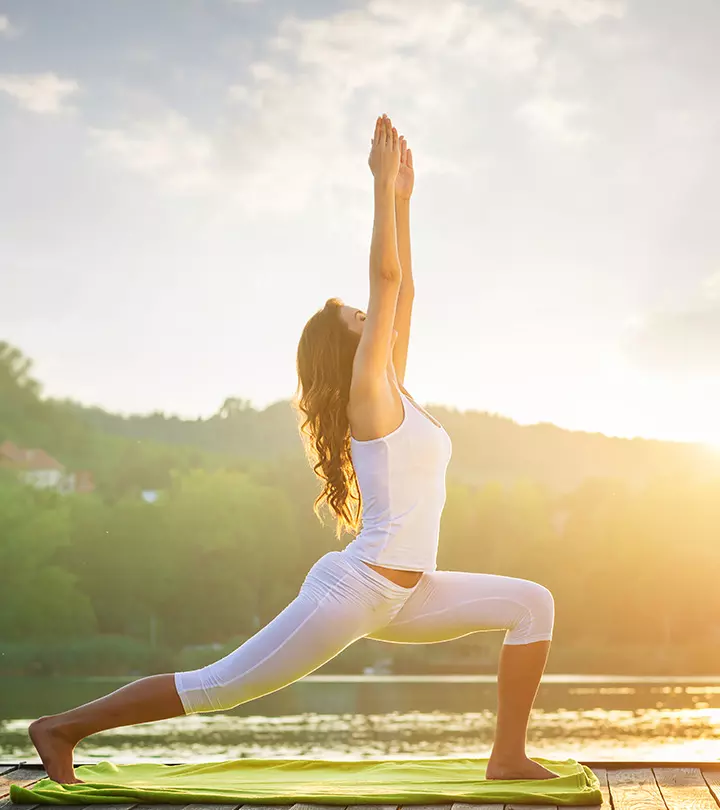
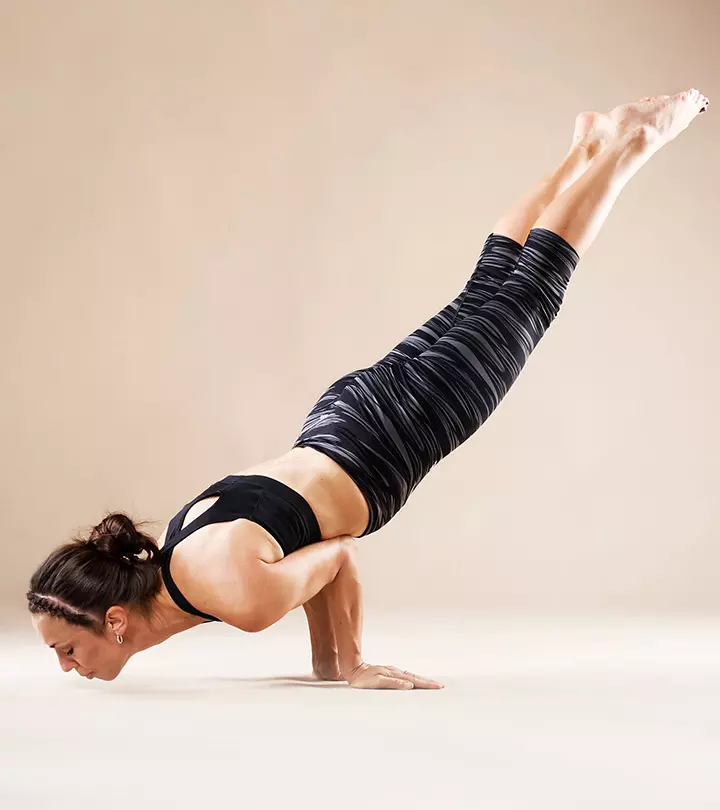
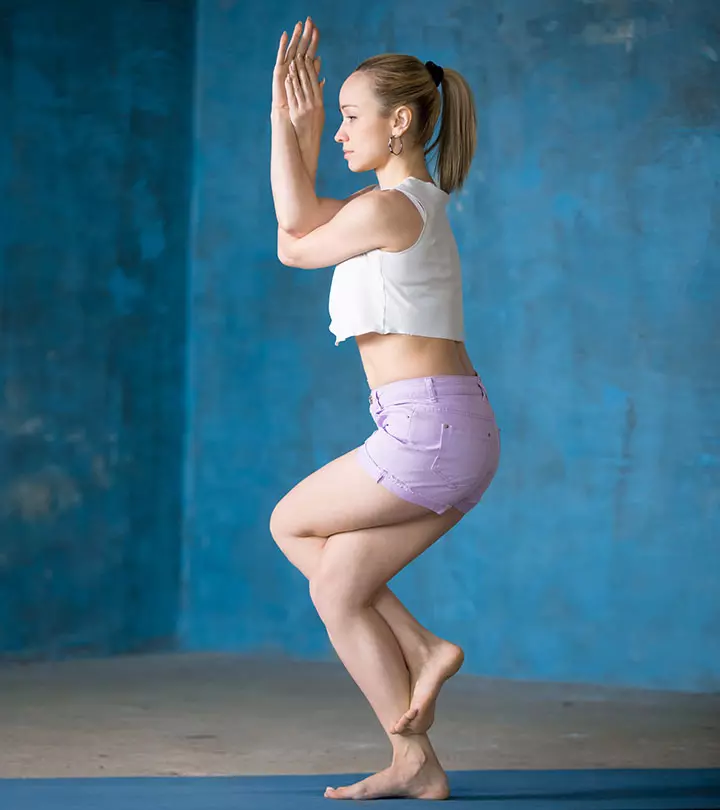
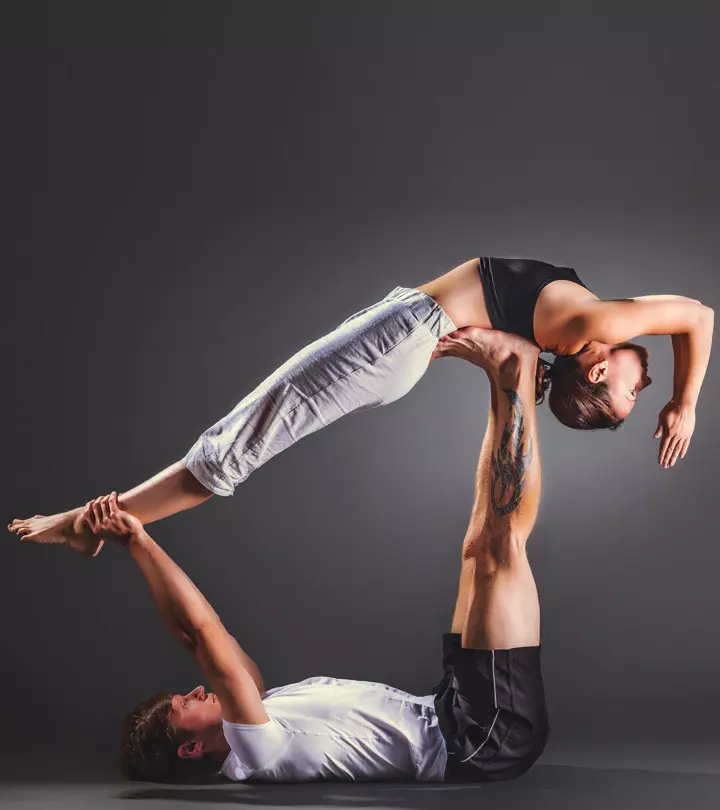

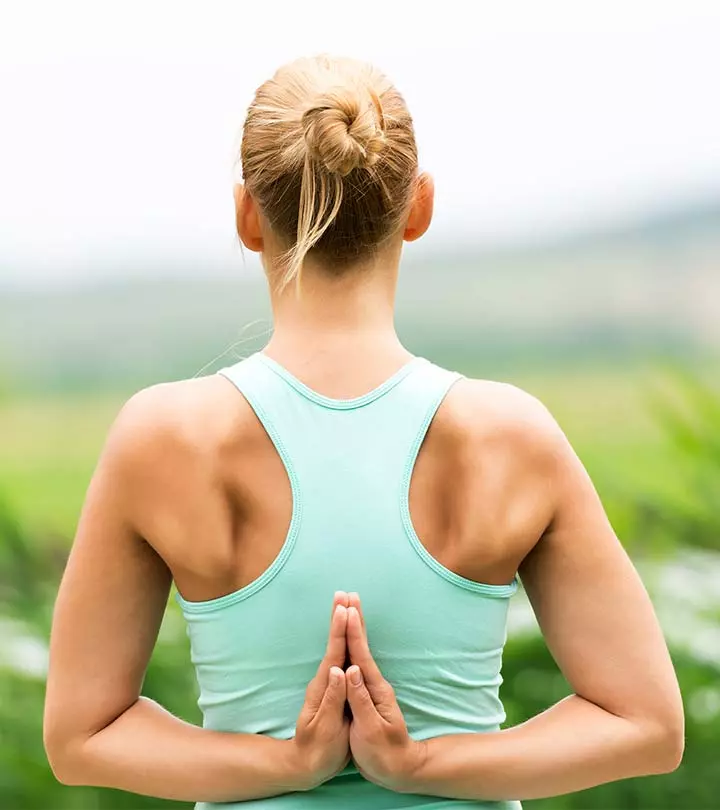
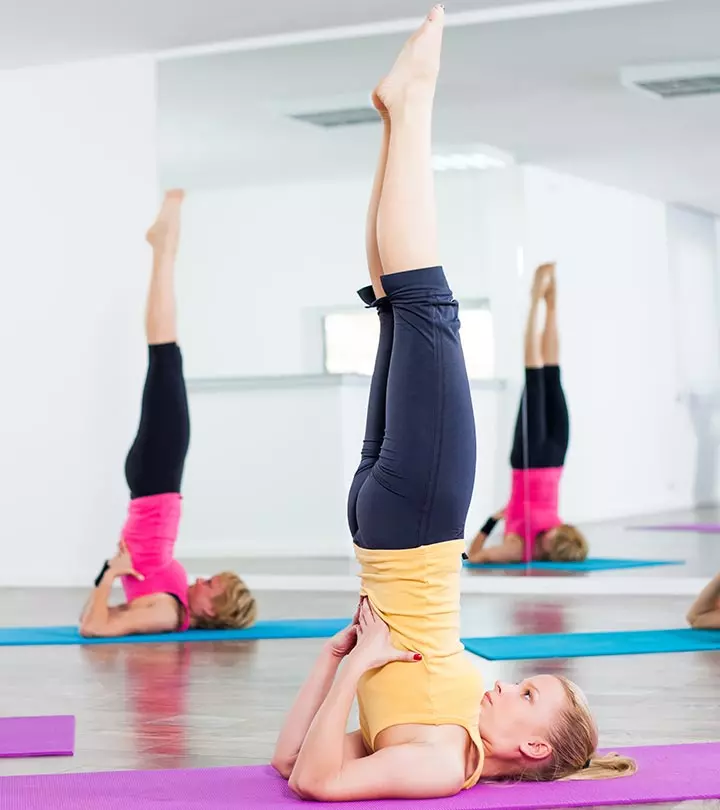
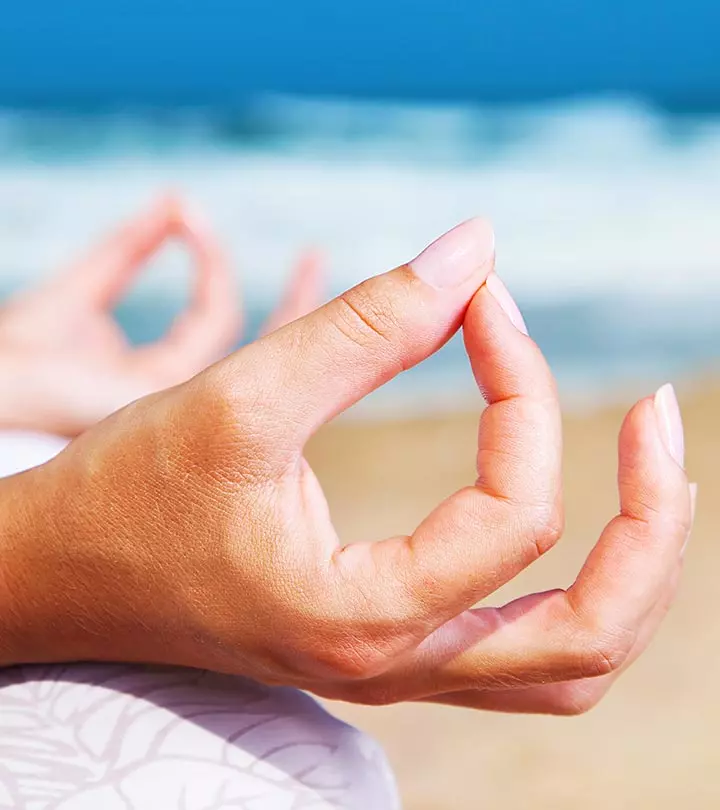
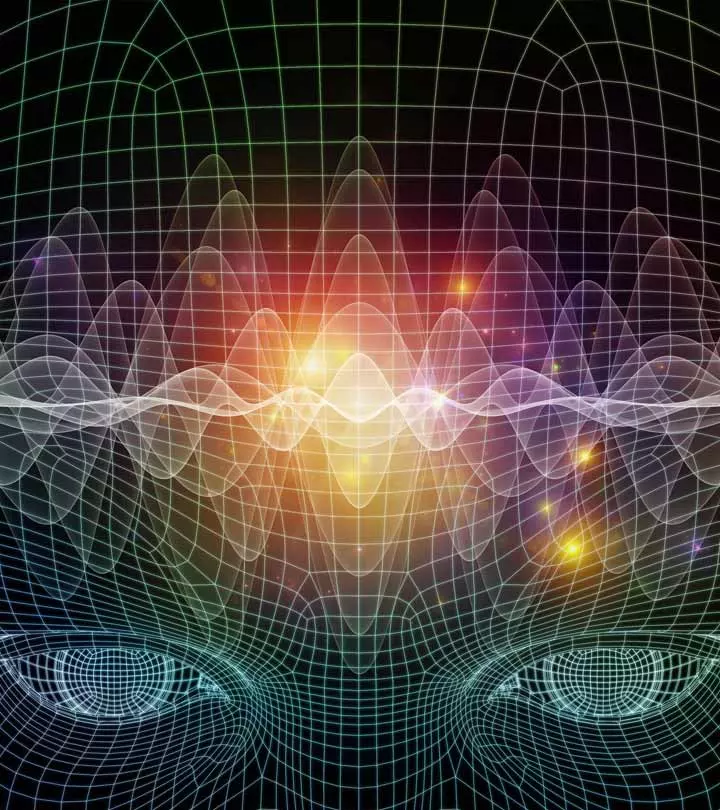
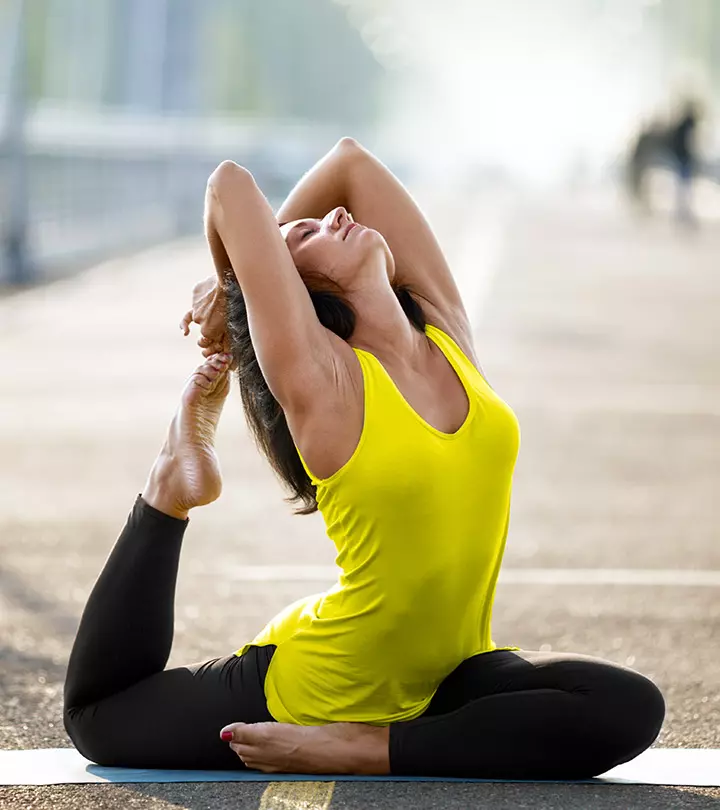
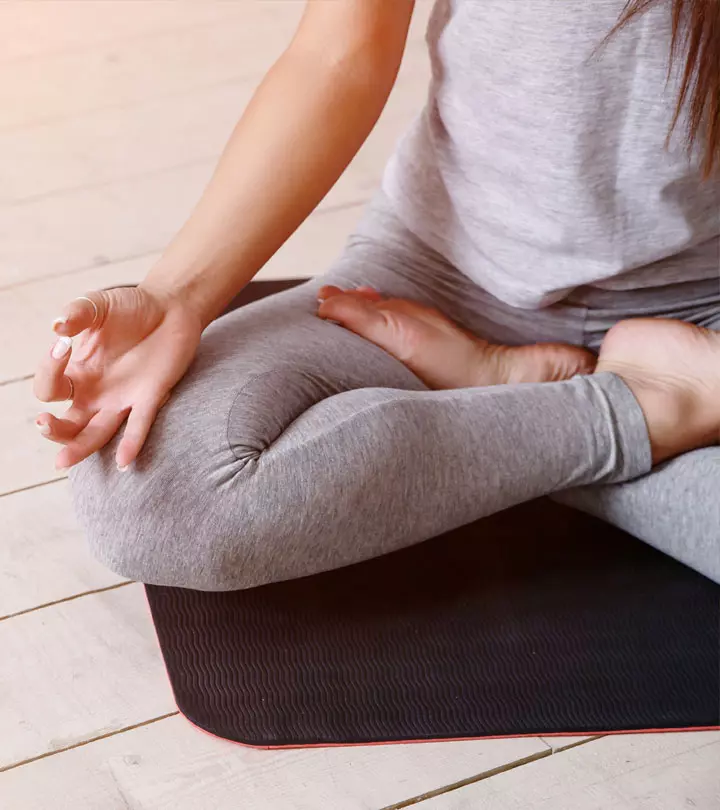
Community Experiences
Join the conversation and become a part of our empowering community! Share your stories, experiences, and insights to connect with other beauty, lifestyle, and health enthusiasts.